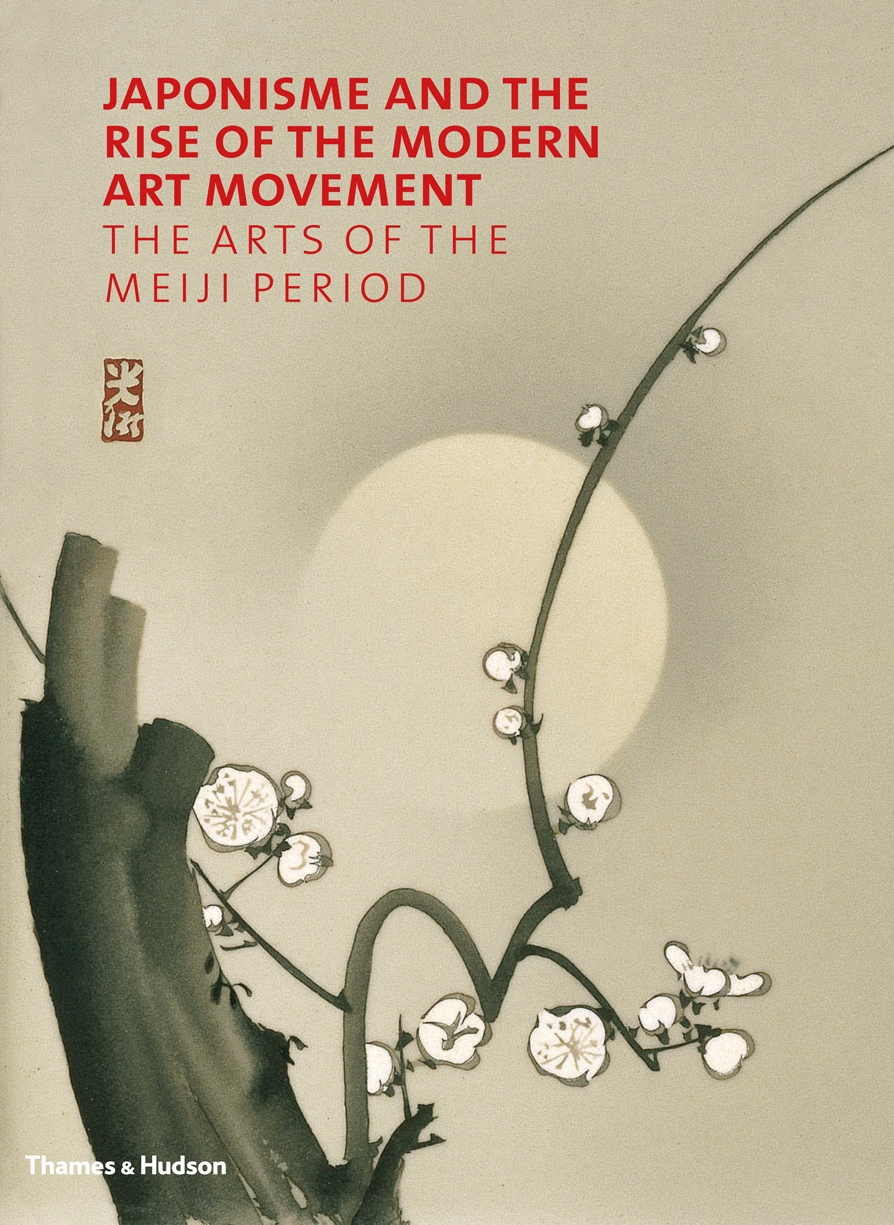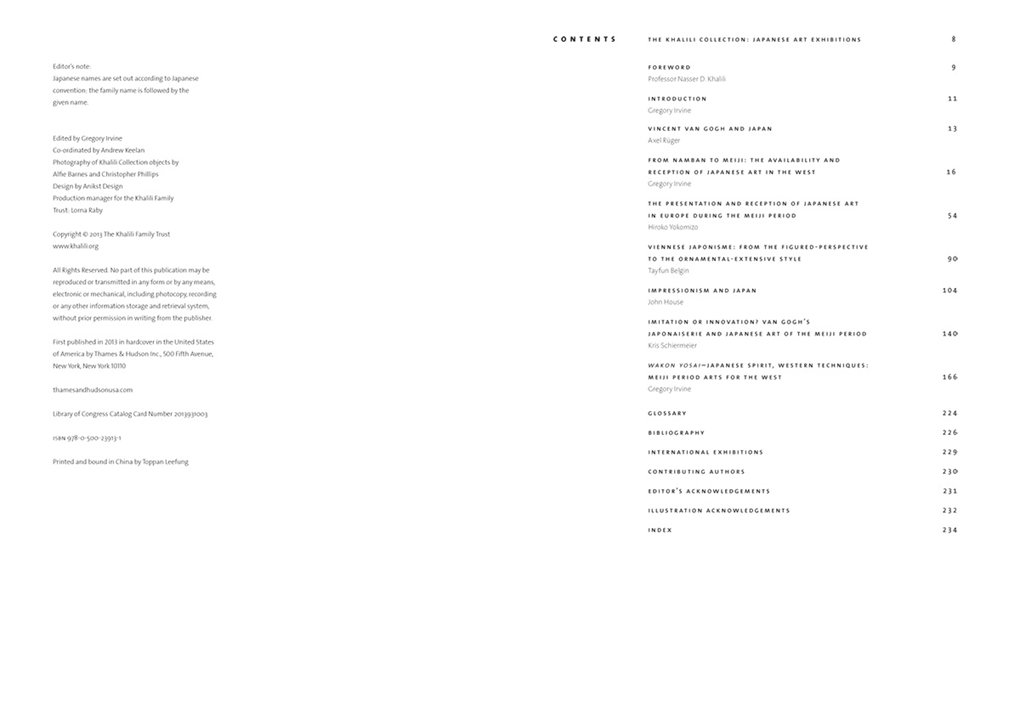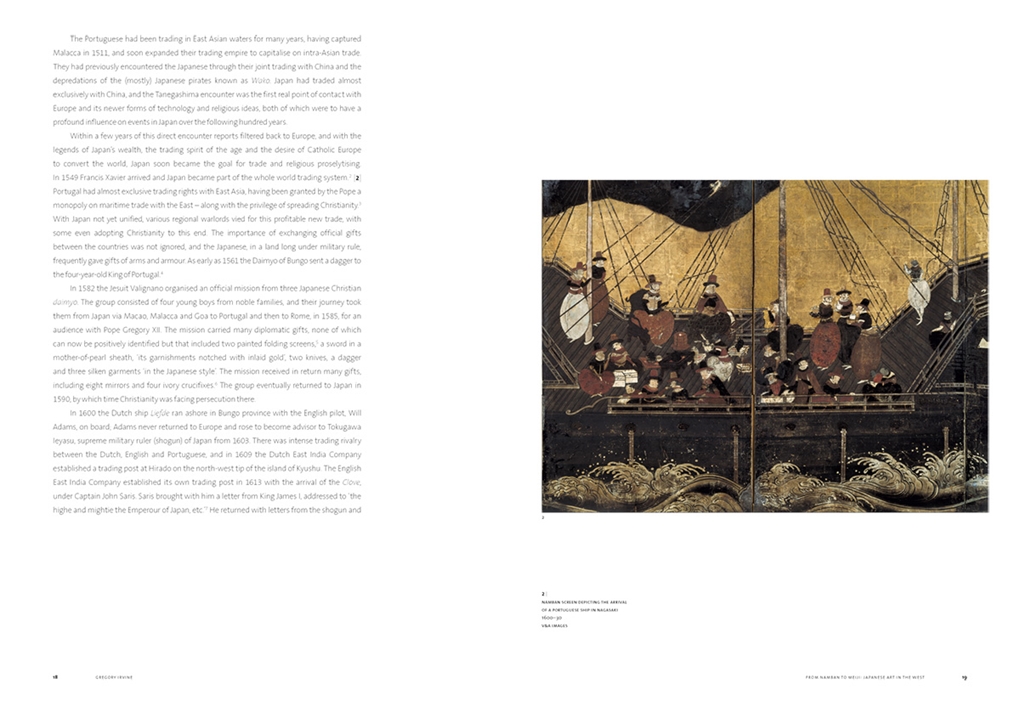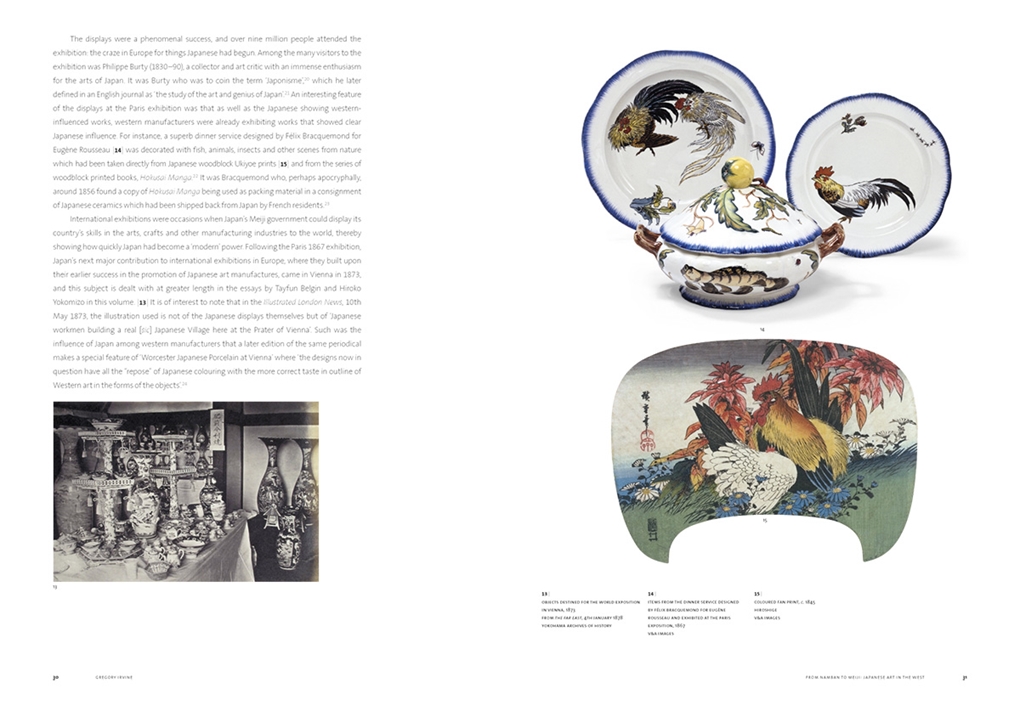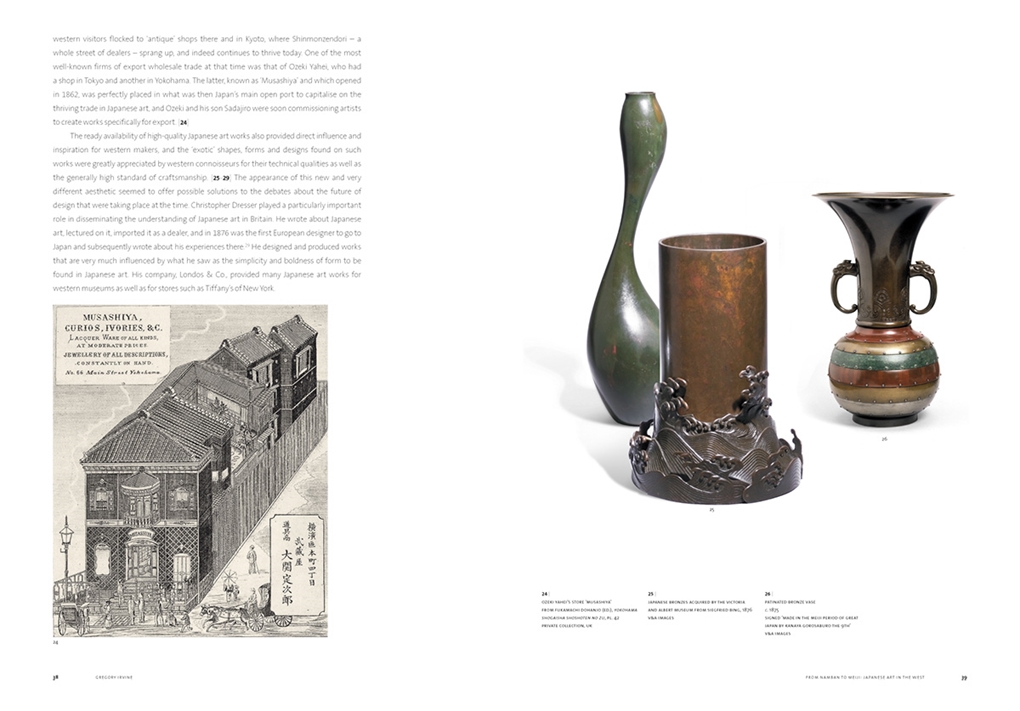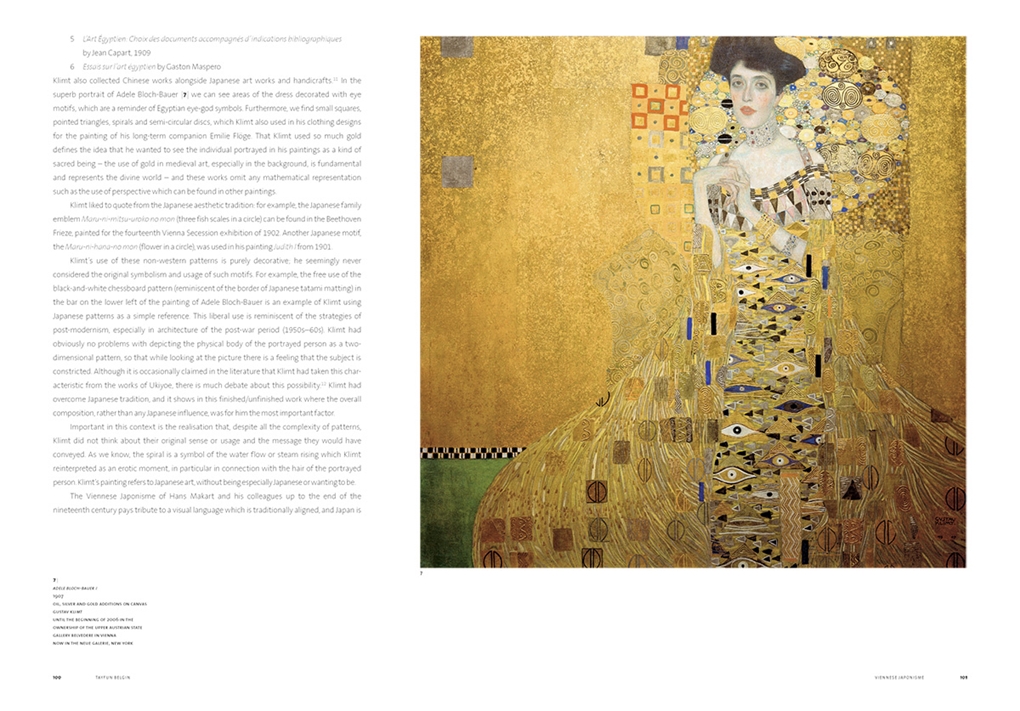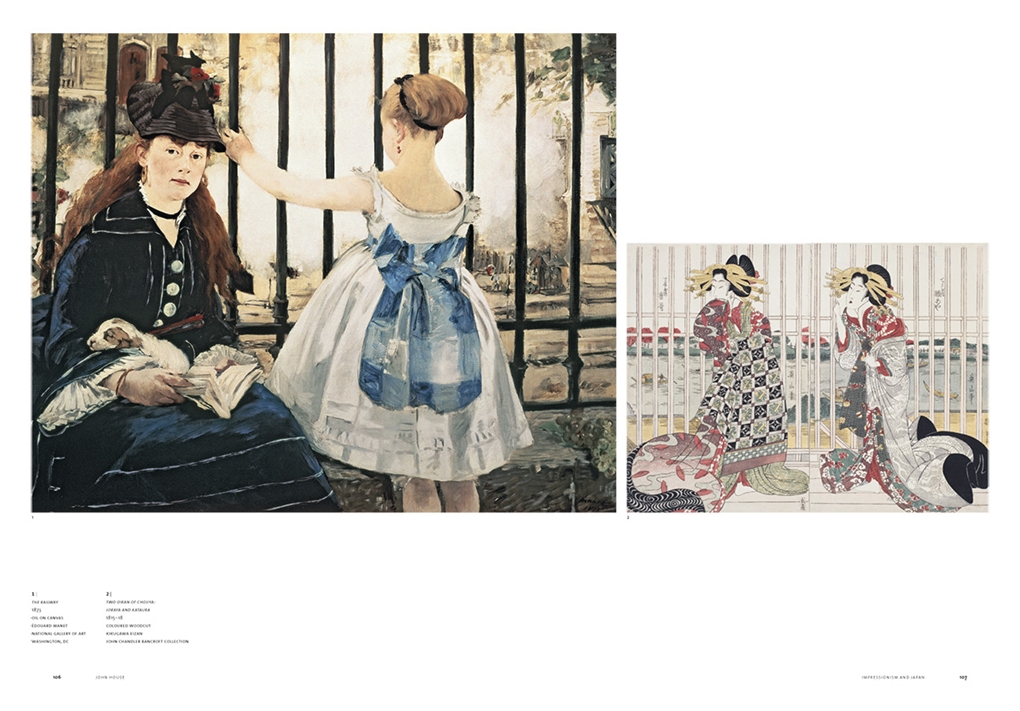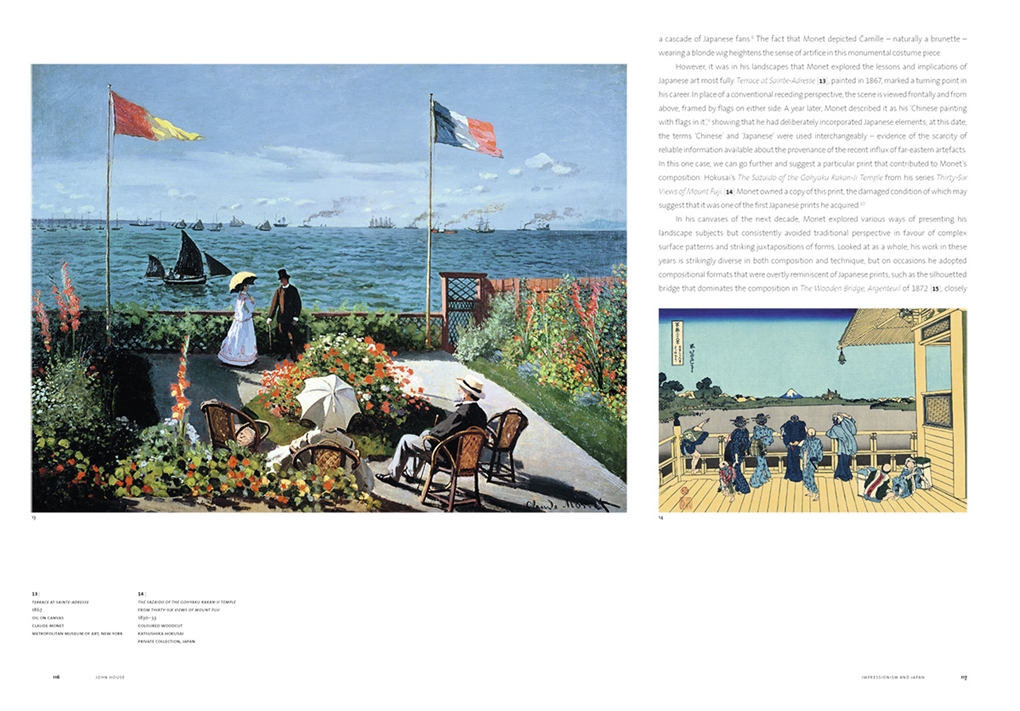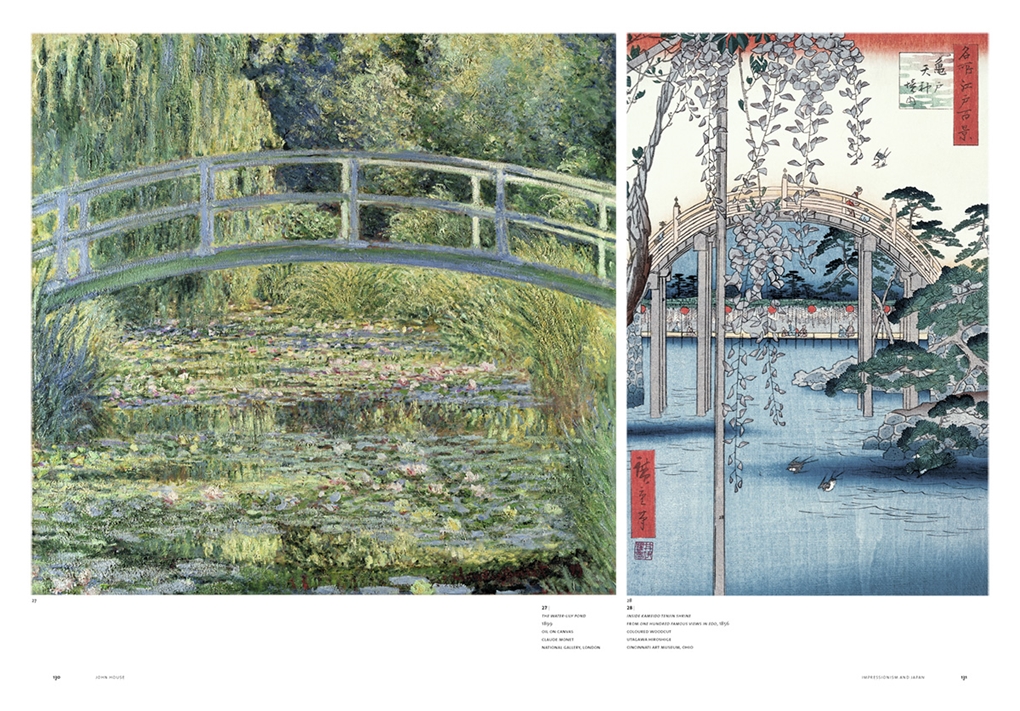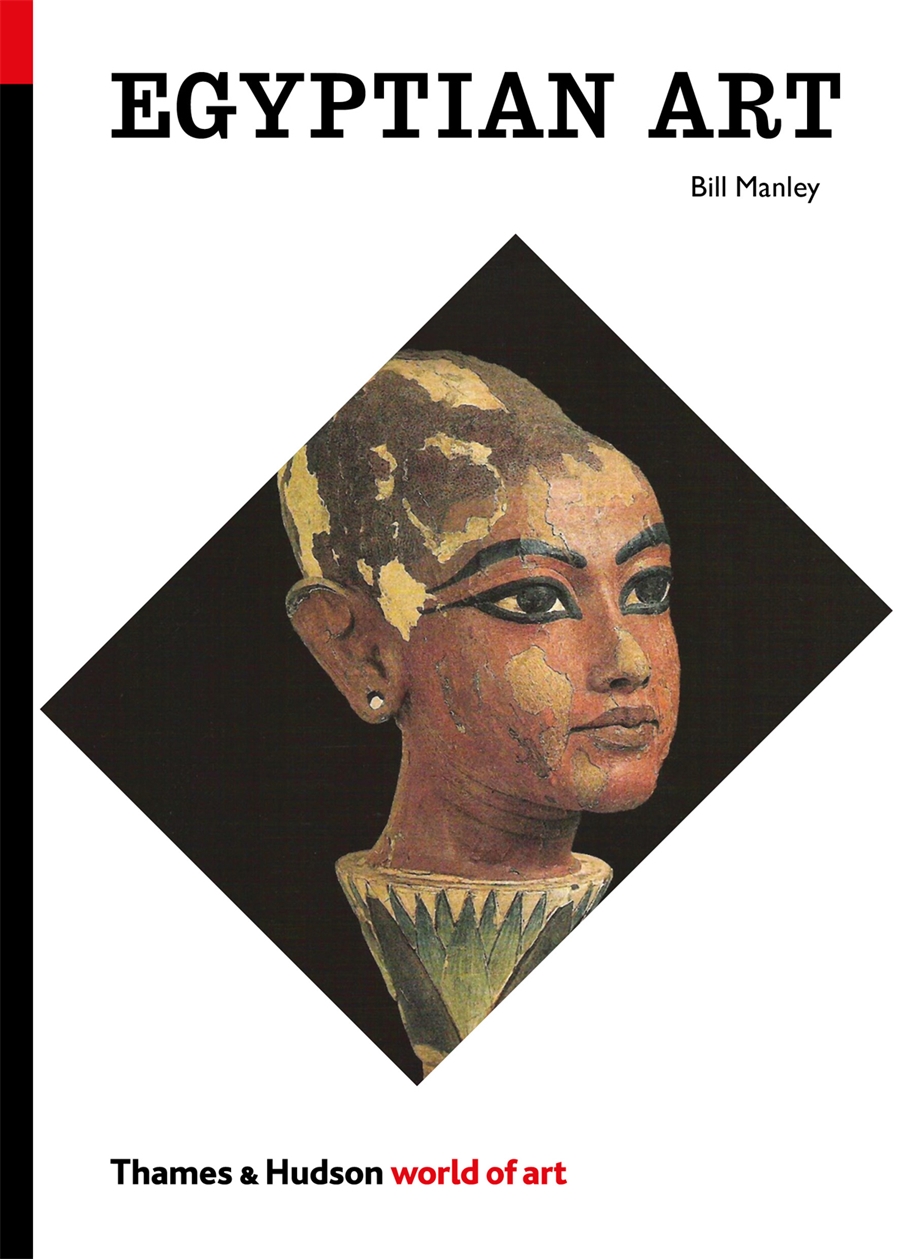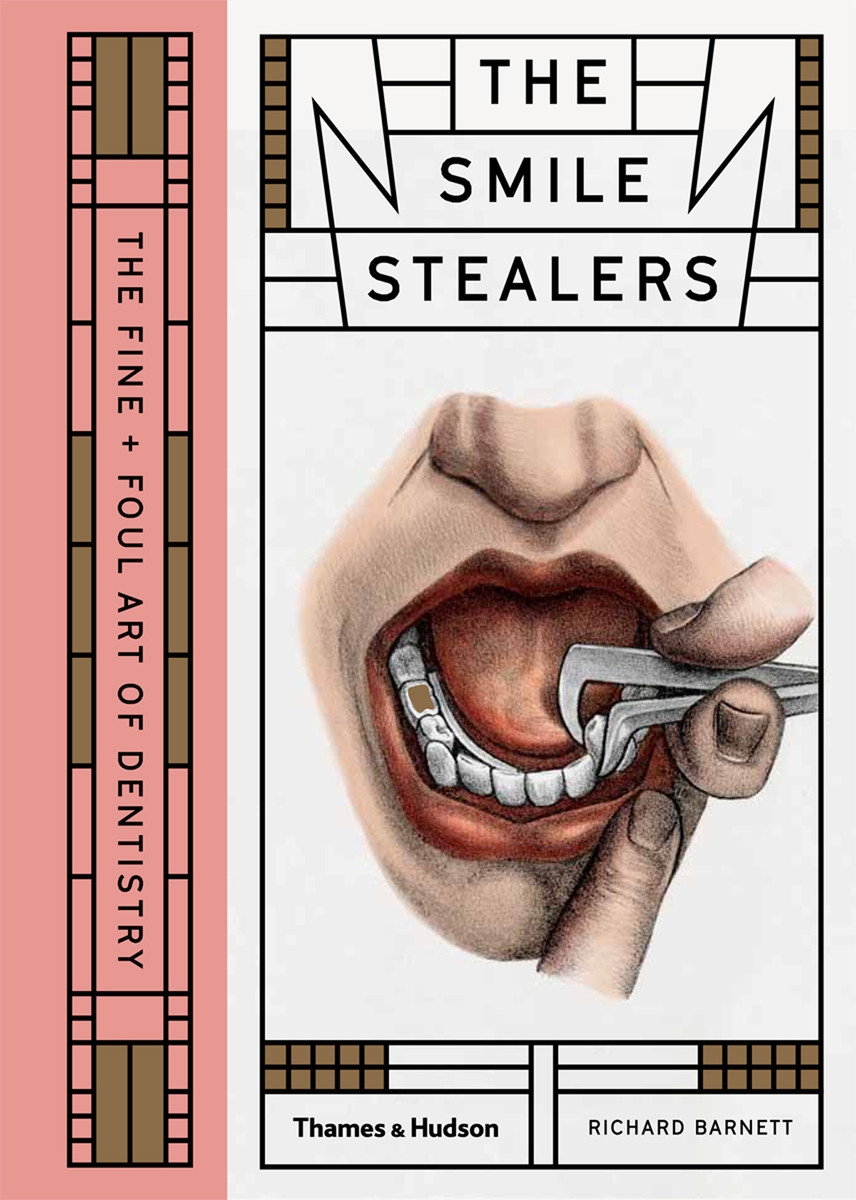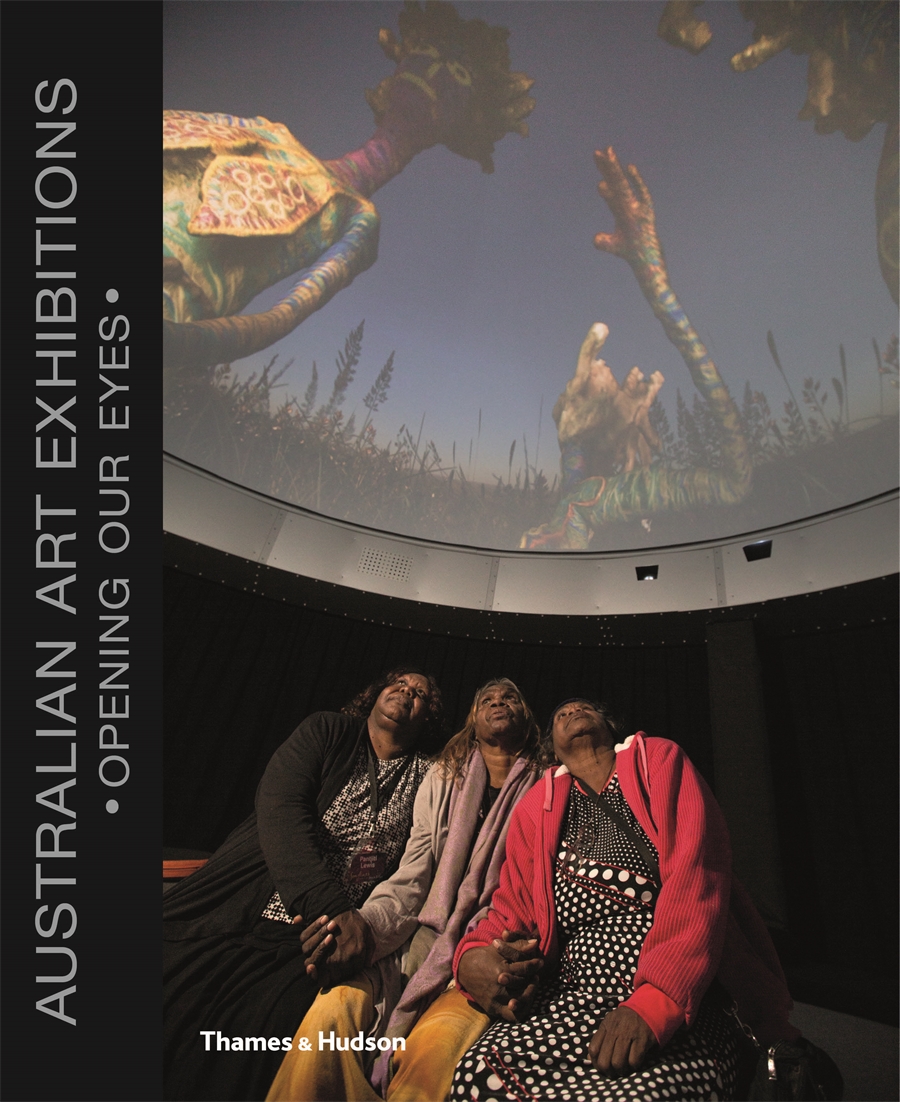Description
From the 1860s through to the 1890s the rise of Japonisme and the Art Nouveau movement meant few could resist the obsession with all things Japanese.
Superbly crafted and often highly decorated Japanese objects – lacquer, metalwork, ceramics, enamels and other decorative items rich in new and exotic subject matter – stimulated and inspired Western artists and craftsmen to produce their own works. Arts of the Meiji period (1868-1912) were displayed at international exhibitions, in the galleries of influential dealers and at fashionable stores in London, Paris and Vienna.
Artists from Van Gogh, Whistler, Monet, Manet, Klimt and Schiele were all, to varying degrees, influenced by the arts of Japan. Van Gogh himself stated that he owed his inspiration to Japanese art, but he was probably not conscious of the full extent to which art in Europe had already been greatly influenced by that of Japan.
Here, six renowned scholars and specialists examine the influence of Japanese art and design in Europe with superlative examples from the Khalili Collection, the world’s finest collection of works from the Meiji period. They demonstrate that the Japanese influence on modern Western art has been far more penetrating than has been widely recognized.
